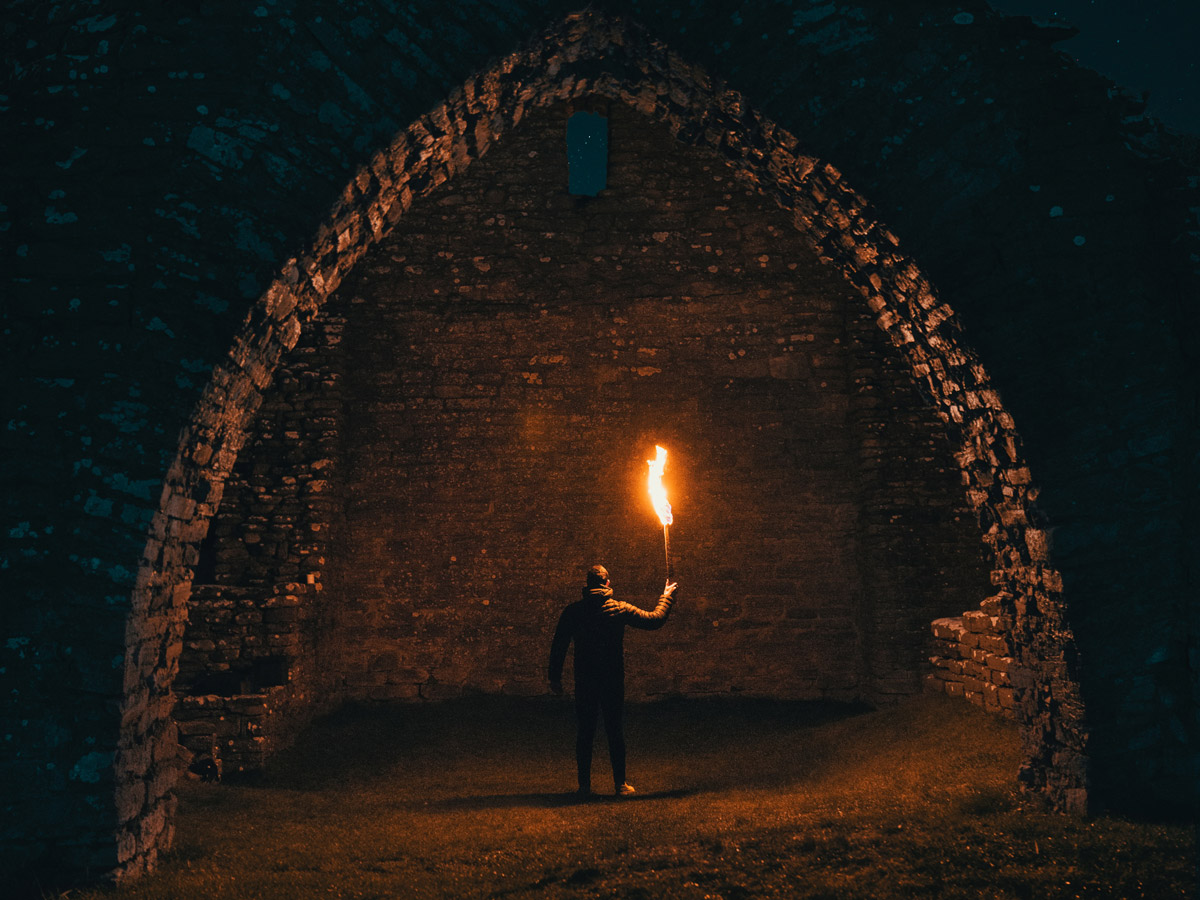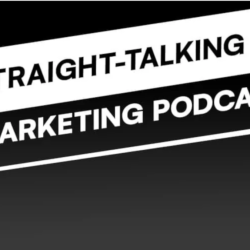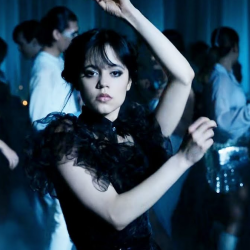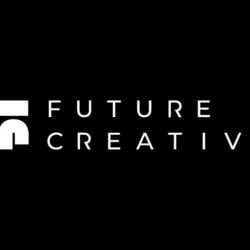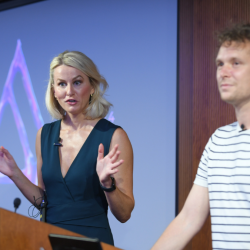Storytelling is nothing new. People have been entertaining each other with stories for thousands of years; but when it comes to marketing, many brands have only just caught up. While some brands have long used people-led narratives to appeal to audiences — take Nike’s first ever commercial — it now feels like most companies are trying to use stories to engage people. And that’s making it harder to cut through the noise.
For me, the secret to storytelling success is authenticity. Audiences today can tell the difference between an overly curated, ‘fake’ narrative and the genuine stories. They want to hear from real people, find out about their lives and be inspired. But identifying, shaping and presenting authentic stories is a big challenge for brands, especially in the B2B space.
Changing habits, emerging platforms
It’s a bit of a chicken and egg scenario, but the appetite for authentic storytelling is both influenced by how people consume content and influencing what emerging platforms gain traction.
Today we all have the potential to be storytellers. Social platforms such as TikTok and Instagram have surged in popularity with their snackable, user-generated content. Anything that goes viral here feels real and relatable — well, because it is. Podcasts have become much more prevalent since the pandemic and can create a more intimate, behind-the-scenes view of a topic or person, without the need for the involved setup — or budget — of a video series.
Many brands want to capture the feeling of authenticity these platforms offer. But it’s hard for them to do this without it feeling forced. Ultimately, there’s the undercurrent that businesses are always looking to sell something. And sharing a candid — and often funny — glimpse into the reality of a business is a hard ask when there are legal hurdles and approvals to get. For B2B brands, it’s particularly difficult. Trust and partnership are so important in its client relationships, and there’s less desire to be bold — even though it can pay off.
B2B? It’s human to human
As I see it, brands should stay true to who they are, rather than blindly following the latest trends. Content that reflects the brand and the people it impacts will always feel authentic. Even in B2B, the most engaging stories speak to — and about — people. Ultimately, we’re all people, even when we’re at work, and we will be most engaged by the human impact a brand has had.
One of the most powerful, yet underused, marketing platforms for storytelling is video. But for many B2B brands it feels like a risk. And that’s understandable; its impact is hard to measure especially when it comes to ROI.
But it’s increasingly worth taking that risk. Video is a great format for bringing real case studies to life. And as we enter a cookie-less and privacy-focused future, attribution needs to focus more on engagement. At The Frameworks, we created a film for UST about its work with Nourish + Bloom Market, the first African American-owned, autonomous grocery store with robotic delivery. UST’s technology powers the store but Nourish + Bloom Market is a strong narrative because of the stories of the people involved.
Jilea and Jamie Hemmings set up the store in the town of Trilith for very human reasons; they had a dream to bring good food to their community’s food desert, inspired by their son, Jabari, who’s autistic. And their actions, enabled by their partnership with UST, had a ripple effect through the community. The film captures this impact, hearing from all the people impacted by the store: local suppliers; those who work there; UST’s experts; the community who shops in the store; and Jilea and Jamie’s own family, who were included at their suggestion.
Good stories tell themselves. We set up the narrative, but when the cameras started rolling, it was down to the people to tell their stories, in their own words. That’s authentic storytelling. And it works: we’ve seen video completion rates higher than industry benchmarks.

















